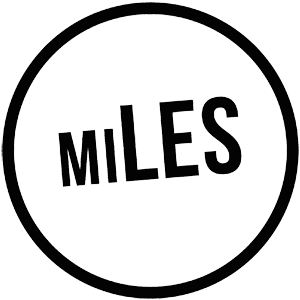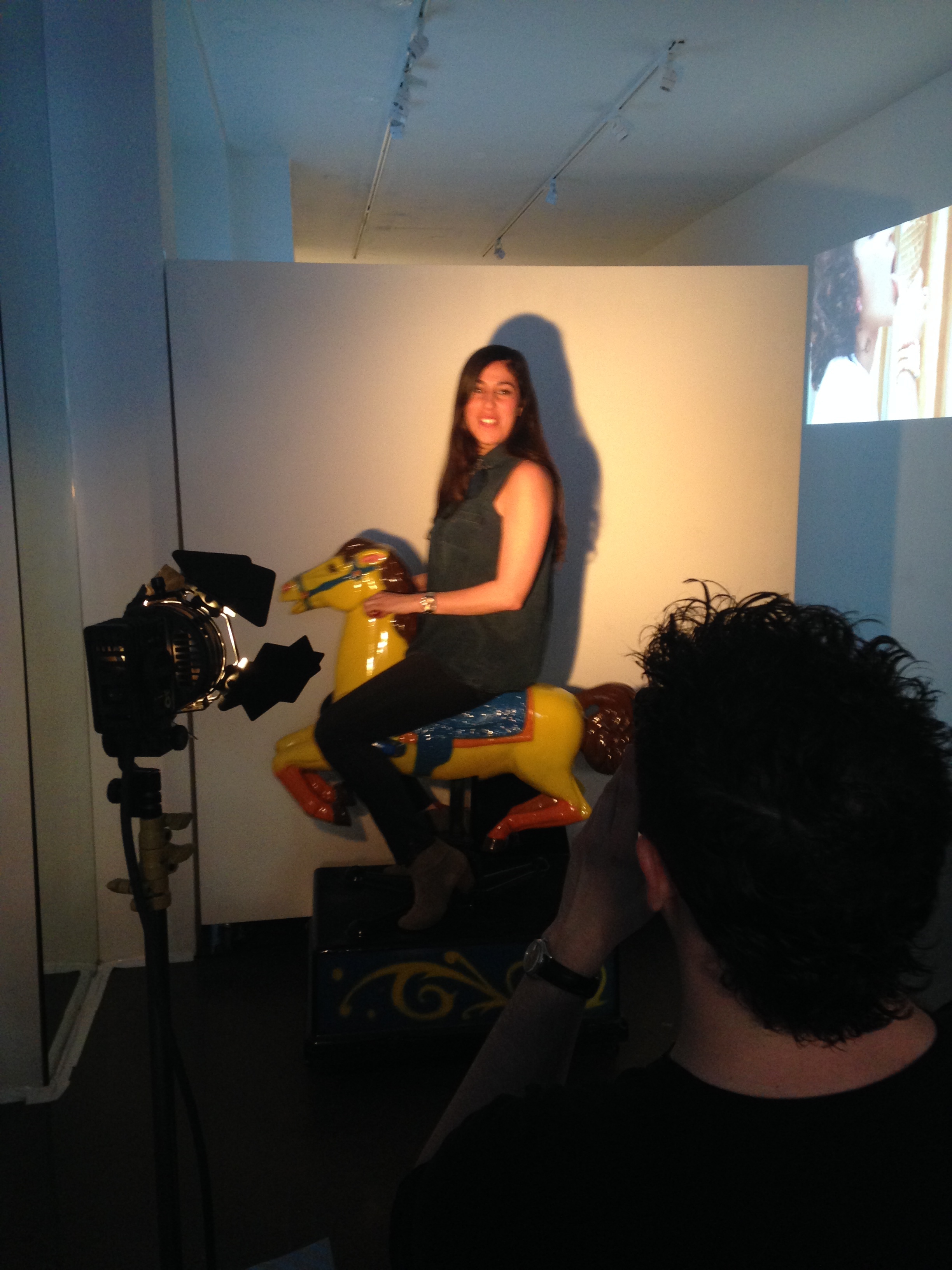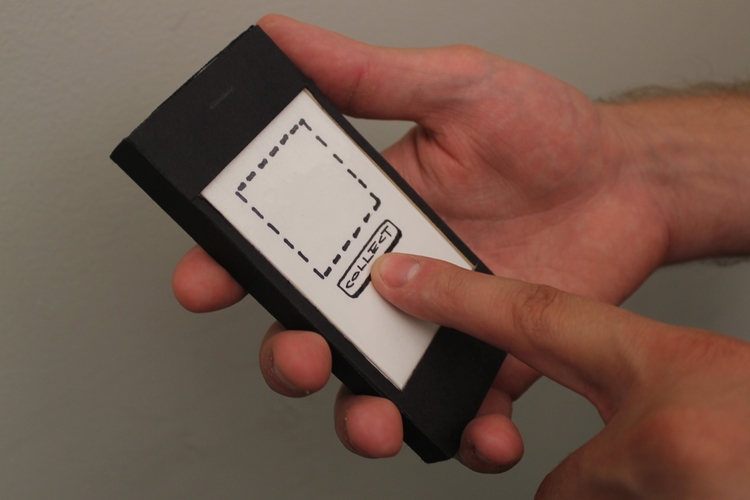ON CREATIVE PLACE-MAKING
For the first week of this 4-week mini-blog series, we want to introduce to you the concept of CREATIVE PLACE-MAKING, and for those of you that already know the term, we would like to suggest some ideas that could help you get started on your own project!
"In creative placemaking, partners from public, private, nonprofit and community sectors strategically shape the physical and social character of a neighborhood, town, tribe, city or region around arts and cultural activities. Creative placemaking animates public and private spaces, rejuvenates structures and streetscapes, improves local business viability and public safety, and brings diverse people together to celebrate, inspire and be inspired."
Ann Markusen and Anne Gadwa Nicodemus for the National Endowment for Art
3 key factors of a successful creative place-making project include:
1. A LOCAL ORGANIZATION OR BUSINESS AS AN ANCHOR
2. COLLABORATION ACROSS SECTORS OF DIFFERENT STAKEHOLDERS
3. A CORE CIVIC VISION AND MISSION BEHIND THE PROJECT
The act of creating projects within the neighborhood and improving business viability is a mindset that is not only for the good of our neighborhood and city, it also allows new, emerging ideas to be cultivated and supported that would otherwise not be possible. There are numerous examples of creative place-making projects that had helped transform neighborhoods and create inclusive opportunities for art and businesses.
We have put together 10 creative place-making project categories that could be seed for action, but of course! There is no limit to anything creative so you can always make your own!
1. POP-UP STORES IN VACANT or UNDERUSED PROPERTIES
There have been many examples of how pop-up stores have turned vacant storefronts into creative short-term uses for long term benefits for entrepreneurs, creatives and the community. Renew Newcastle in Australia was one of the first examples about 15 years ago that transform the town of Newcastle into a hub for artist using vacant properties. Popup Hood in Oakland, California is another fine example of how they partnered with visionary landlords to incubate tenants and cultivated them into long term tenants. Detroit Economic Development Corporation also ran a popup incubator program to support small businesses that want to try in retail stores, and their program has extended into financing small businesses, providing technical assistance such as legal and architectural services to take on properties that need to be fixed up before occupying. There have also been a range of startups that have been able to utilize this phenomena to support creative uses, such as Storefront, This Open Space, Peerspace, among many other platforms. Landlords and property owners, while still reluctant to forgo long term leasing for short term uses, are more open than before to take short term projects as they are waiting for the right tenant.
2. POP-UP MARKETS
Urban plazas, public spaces, and private places have been turned into fertile ground for markets catered for small businesses and creatives. Weekend green markets, holiday markets, food markets that pop-up only once a week are becoming norms in cities like New York, and also smaller towns. They become an opportunity for entrepreneurs and creatives that do not have a physical retail outlet to create exposure and new audiences for their products. Urbanspace, a special agency that converts public spaces into markets, now has a network of temporary pop-up markets available across New York City, Smorgasburg, a curated marketplace of food purveyors, creates food makers in unexpected places like parks, empty parking lots and they attracting thousands of food lovers to come visit.
3. POP-UP GARDEN / FARMS
Pop-up garden and farms are less common but has been around in many parts of the world from Berlin to Havana. There are some great examples, such as the pop-up summer gardens created by Pennsylvania Horticulture Society. With an original simple quest to promote horticulture in vacant lots within the city, PHS has prototyped a new and better version of the pop-up garden concept every year since 2011, bringing new energy into the city of Philadelphia each summer. In the most recent iterations, the gardens evolved into beer gardens, bringing in even more attention and influencing other pop-up garden projects across the city.
4. ART / DESIGN / CULTURAL FESTIVAL
Developers are sometimes a big factor in attracting creative projects. There are few examples such as Dumbo Art Festival in New York that was conceived by Two Trees Properties. Dumbo Art Festival was an annual festival that attracts more than 100,000 people to the neighborhood from 1997 - 2014. The collaboration between property developers, artists group and brands created unexpected project such as digital animations and movie projections onto buildings and infrastructure, or performances all over the neighborhood. The access to properties and the ability to activate underused property allow these projects to make use of special locations for creative projects that are unexpected.
5. CREATE AN ART / DESIGN / CULTURAL PROJECT WITH INFRASTRUCTURE
Existing infrastructure such as bridges, walkways, fences could be unexpected sites for creative projects. This project "Lego Bridge" is initiated by local artist Martin Heuwold in Germany, and was carried out in collaboration with city council of Wuppertal and the charitable organization Wuppertal Bewegung. Another unlikely partner in this project was Lego, which actually had to approve the project before it was executed.
6. PAINT BUILDING(S)
Similar to infrastructure, buildings and properties could be beautified by art works with local artists. From murals to artworks on different building surfaces, every piece of surface could be a site for creative projects. The #100GatesProject is a collaboration by artists, property owners, local business improvement district to convert 100 rolling gates of storefronts in the Lower East Side of New York to be sites of art work over the course of 2 years from 2014 to 2016. Many examples of this exist in bigger formats and smaller formats, depending on the ambition of your team!
7. GRAPHICS DESIGN or MARKETING CAMPAIGNS FOR CIVIC ACTION
Sometimes creative place-making project only requires a sticker or a poster! Such is the case with graphic designer Candy Chang's "I WISH THIS WAS", where underused properties are left with stickers for participants to fill in the blanks of what they want to see in them. It creates awareness of the community of what kind of things they want to see being created.
8. EDUCATIONAL TOOLS / MAPPING TOOLS TO UNCOVER POTENTIALS
At other times, creative place-making projects is about the creation of tools and resources that are made available for others to act on. Center for Urban Pedagogy provides pamphlets, legal information, and regulations as DIY toolkits for others to make their own projects that are legal, safe and with doses of creativity added by the creators.
9. CO-CREATE A PROJECT CONNECTING BUSINESSES AND ORGANIZATIONS THAT SUPPORT CIVIC ACTIONS
If you are more serious and dedicated, a true creative place-making project takes in many participants and many years of cultivation. Such is the work of Fourth Arts Block, a local non-profit that helps create the first Cultural District near Fourth Street in East Village of New York. By being the liaison of over 50 local business and cultural organizations in the neighborhood, Fourth Arts Block initiated numerous civic projects, including The Lower East Side History Month in May each year, creating a month long of programming in multiple venues celebrating the culture of a place. The process of cultivating the working relationship of these different entities and organizations is the act of the creative place-making project and the heart of it.
10. START A DIALOGUE WITH DINNER TABLES / CIVIC WORKSHOPS
One of the most amazing creative place-making project is to start a dialogue with a group of like-minded people, and see where the common grounds are. You can start at your own dining table, or you can create a dialogue with local civic leaders, business owners, property owners and the like. The more diverse the group is the better! And also creating a work-plan or action-plan after the meeting to create actual tangible actions. See this long table discussion about the generative neighborhood as a partnership of New Museum and PS122.








































